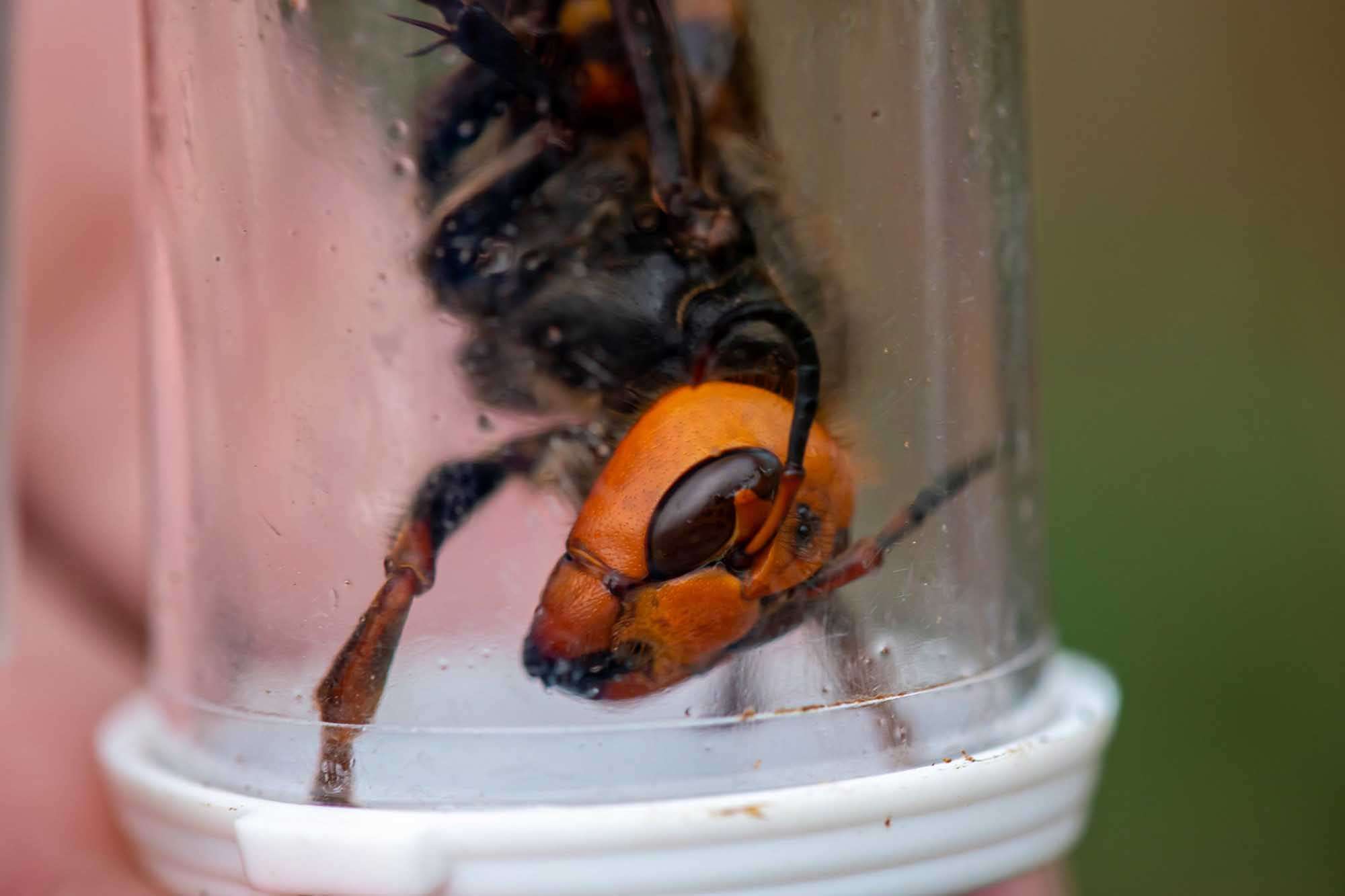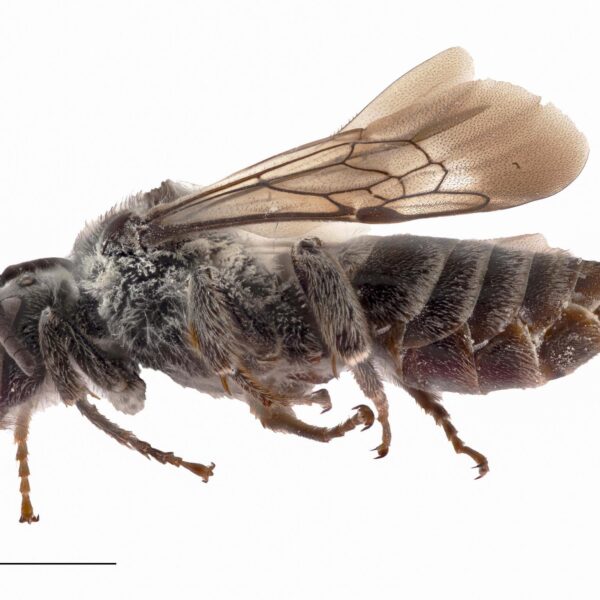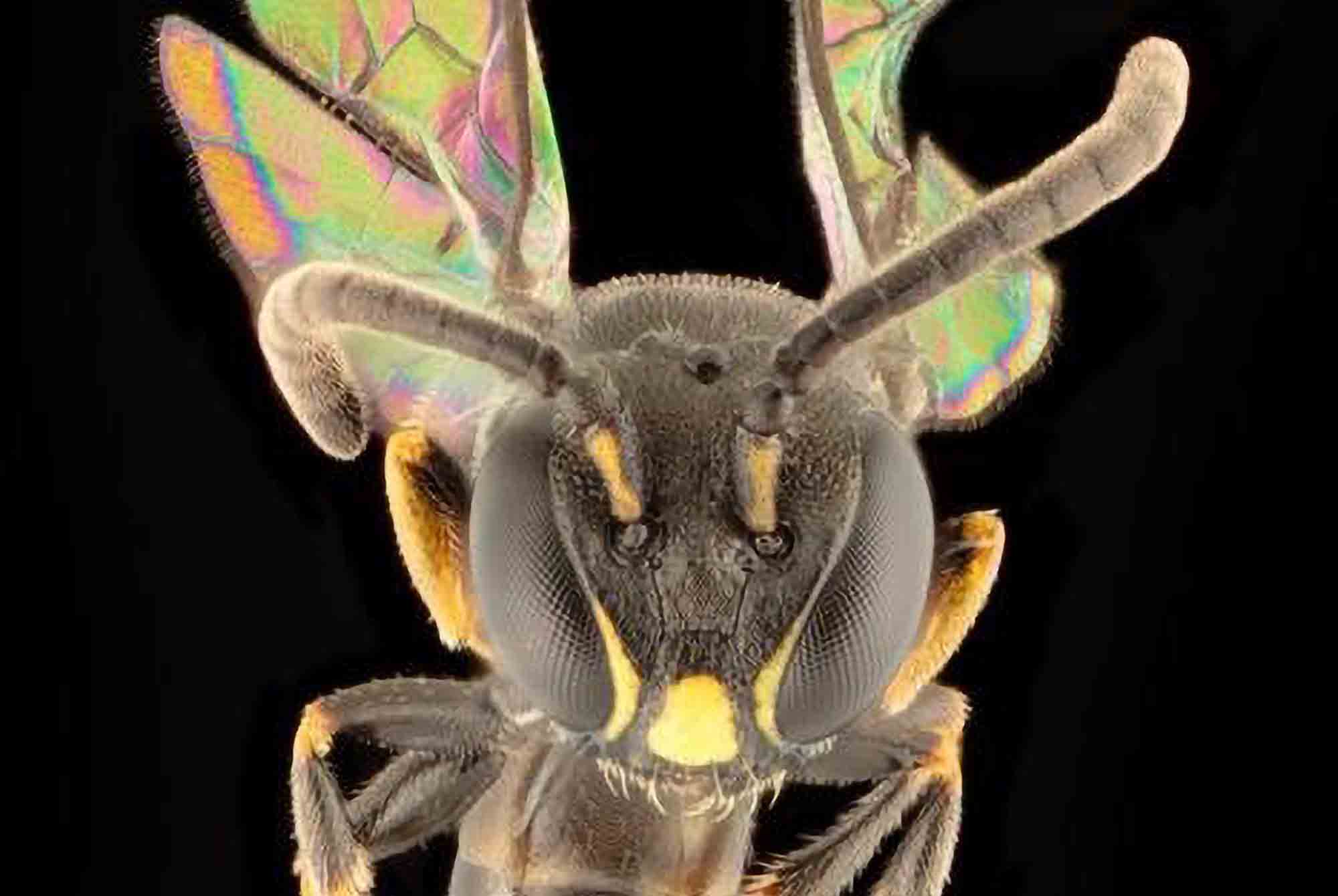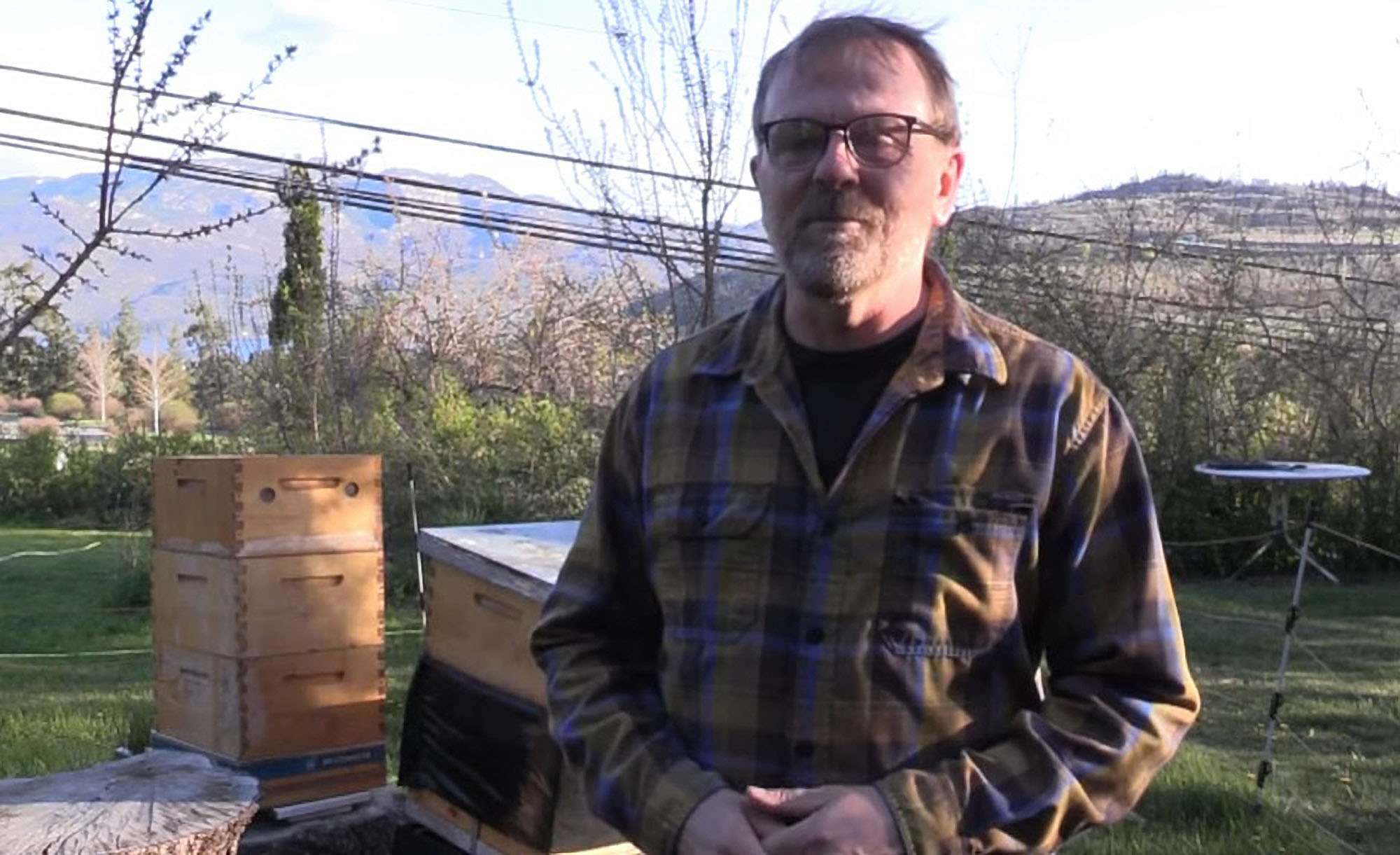Officials in the northwestern United States are cautiously optimistic after one year with no sightings of the world’s largest hornet.
The Asian giant hornet (Vespa mandarinia) kills and eats domesticated honeybees. It is capable of destroying a whole hive within a few hours.
Now the Washington State Department of Agriculture (WSDA) announced that its anti-pest programme had not trapped or recorded any of the notorious species throughout 2022.
The Asian giant hornet was first detected in the State of Washington – which is bordered by the Pacific Ocean, the US States of Idaho and Oregon as well as the Canadian province of British Columbia – in December 2019.
However, the WSDA’s Hornet Watch Report Form is still online. The state government agency says: “We need the public’s help to watch for and report suspected hornet sightings. They are major predators of honeybees.”
The WSDA warns: “While they do not generally attack people or pets, they can attack when threatened. Their stinger is longer than that of a honey bee and their venom is more toxic. They can also sting repeatedly.
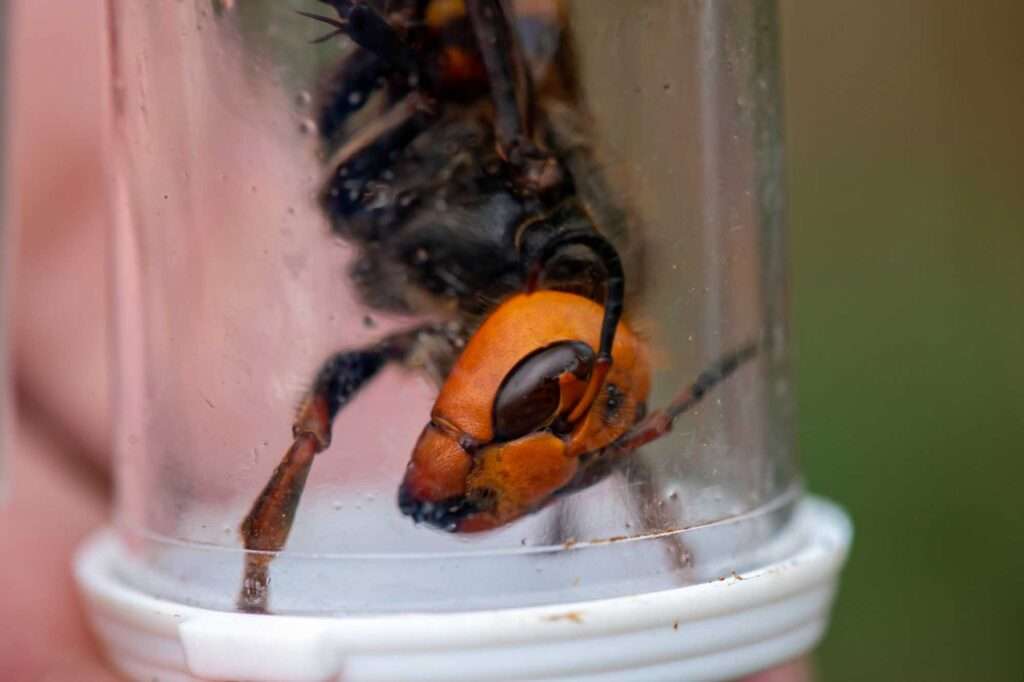
“If it becomes established, this hornet will have negative impacts on the environment, economy, and public health of Washington State.”
The Asian giant hornet – which can reach a body length of five centimetres – is native to South Asia, temperate and tropical East Asia, Mainland Southeast Asia and some regions of the Russian Far East.
It is the first time since their first appearance in the northeastern United States that the species has not been spotted there within a calendar year.
WSDA officials said they would not yet consider the insects as eradicated in the State of Washington.
Consistent discoveries in 2020 and 2021 raised concerns that the Asian giant hornet could become an invasive species. Back then, WSDA experts decided to trap the insects and fit them with trackers to trace their nests.
The United States are among the world’s leading producers of honey. The annual per capita consumption of the product in the U.S. ranges around 0.9 to 1.4 kilogrammes.

